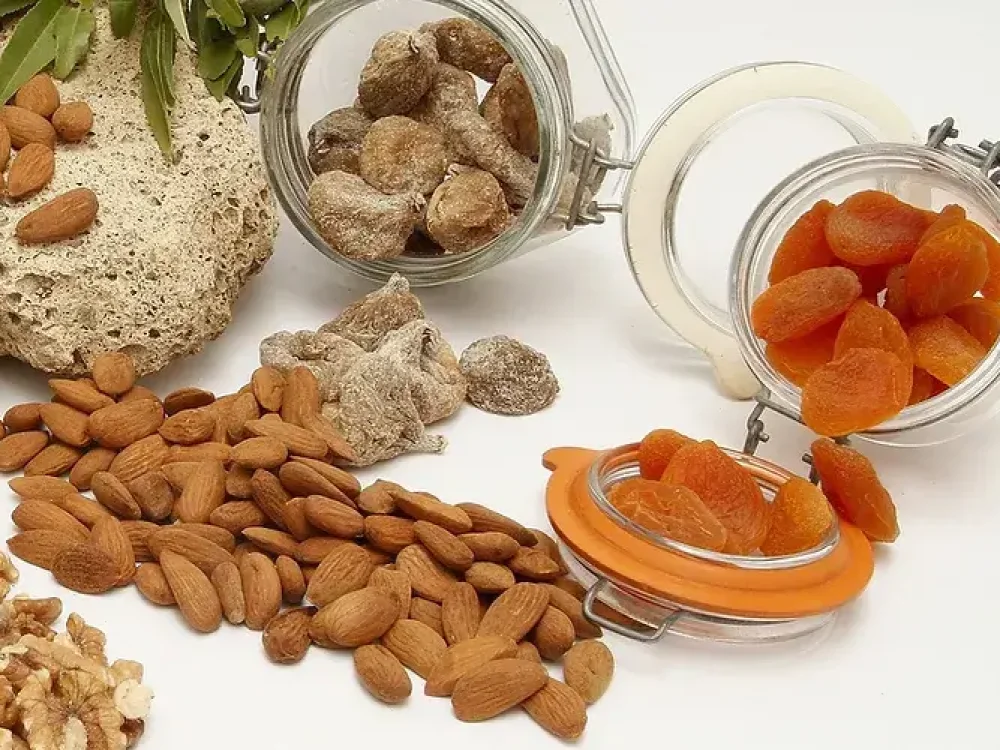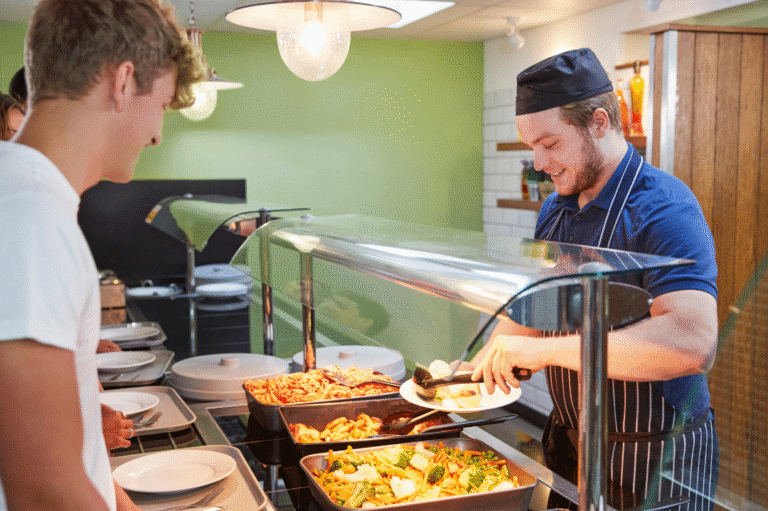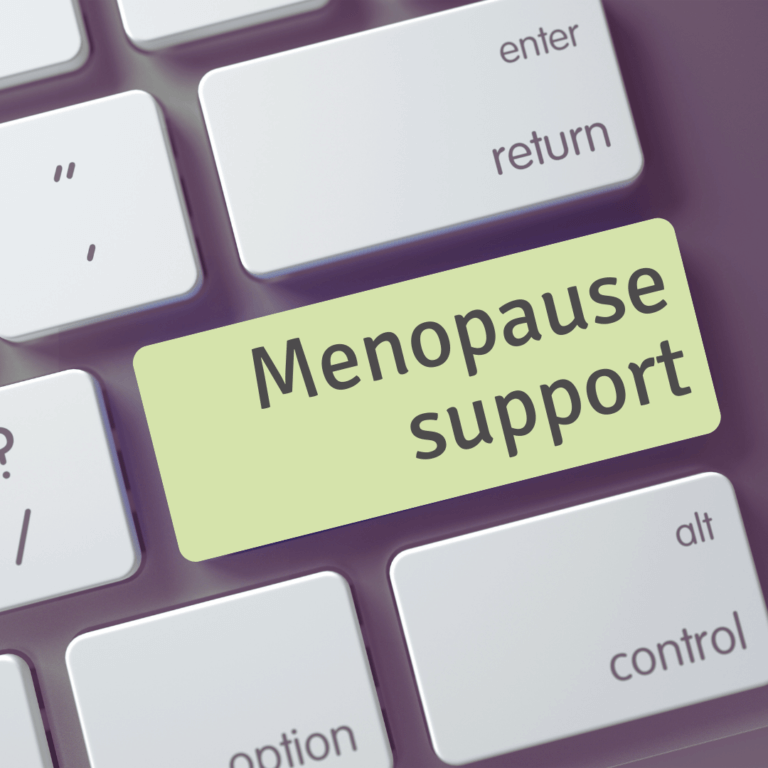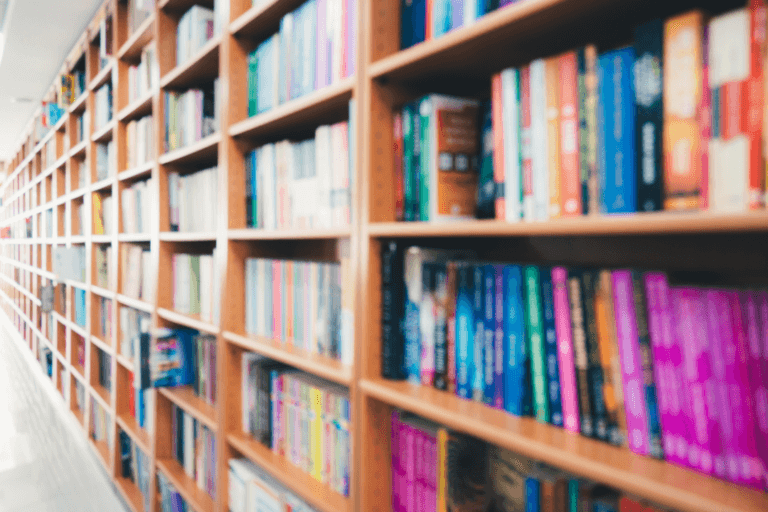This is a question I get asked quite a lot, so I thought I’d write down some info and tips on plant foods that contain iron.
First of all, who is most at risk low iron intakes?
Women and teenage girls. The latest data from the UK’s National Diet and Nutrition Survey (NDNS, 2025) reported that around half of girls (49%) aged 11-18 years and a third (34%) of women aged 19-64 years have inadequate iron intakes (iron levels that fall below the Lower Reference Nutrient Intake). Inadequate iron intakes were also found in 6% of young children (aged 1.5-3 years) and 7% of women aged 75+ years.
Why do I need iron?
Iron is necessary for making haemoglobin in the blood which carries oxygen around the body. It is also important for a strong immune system.
What are the signs that I may have low iron?
Initial symptoms of low iron include feeling tired and lacking energy, weakness, a shortness of breath, pale skin and being more susceptible to colds and infections. A more severe lack of iron can lead to anaemia. Symptoms such as heart palpitations, thinning hair, brittle nails and mouth sores or ulcers are associated with iron deficiency anaemia.
How can you help your body absorb iron from plant foods?
The most readily available dietary source of iron is red meat. However, there are a variety of non-meat sources of iron that can be included in the diet to help ensure adequate iron intakes.
- Vitamin C helps the body absorb plant-based iron, so having fruit or vegetables or a small glass of fruit juice along with iron-containing foods can help absorption.
- Tea and coffee can hinder iron absorption so avoid these drinks with meals, or wait at least 60 minutes after a meal before your cuppa.
- Soaking nuts and seeds and using sprouted seeds and grains can also improve the absorption of iron from these foods.
What plant foods contain iron?
Fortunately, there is a variety of plant foods that provide iron. Here’s a list…
- Pulses and legumes such as beans, peas, and lentils contain iron, for example chickpeas (and hummus), black-eyed peas, kidney beans and butter beans. Tofu can also contribute to iron intakes.
- Nuts and seeds such as pumpkin, sesame (and tahini paste), sunflower seeds, hemp seeds, flax seeds, ground linseed, cashew nuts, pine nuts, peanut butter
- Vegetables such as green leafy vegetables (spinach, kale, watercress) and broccoli, cabbages and Brussels sprouts.
- Fruits such as dried apricots, figs and raisins.
- Bread – wholemeal, seeded or brown bread.
- Fortified foods: some foods such as breakfast cereals are fortified with iron.
- Dark chocolate





